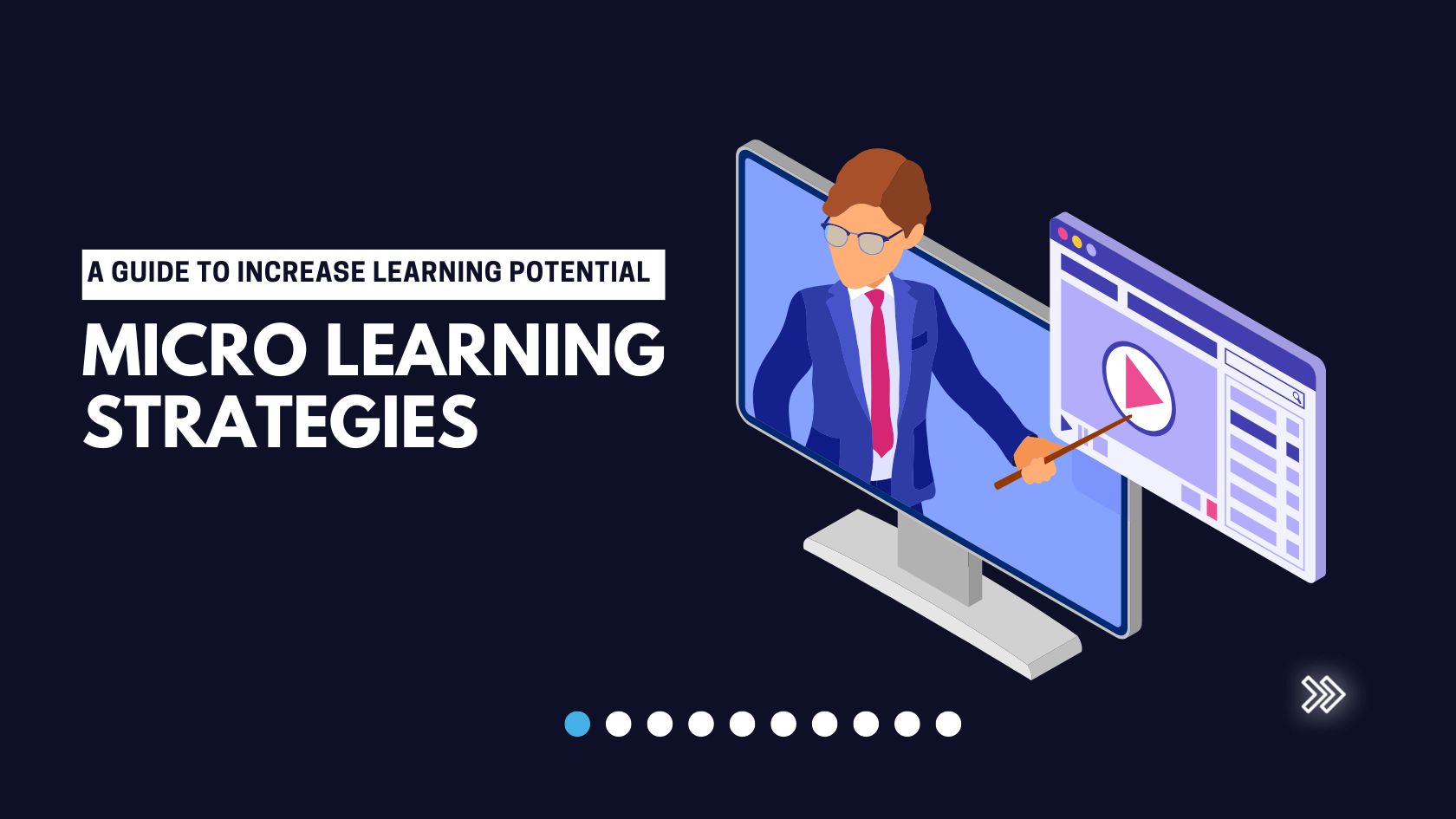Oracle Accelerates JD Edwards ERP
Oracle has owned the JD Edwards ERP suite for nearly a decade, having gained the software with its 2005 purchase of PeopleSoft. As a testament to the value of that application and the loyalty of its user base, Oracle continues to invest heavily in JD Edwards despite having many other flavors of ERP at its disposal.
The latest Oracle update involves JD Edwards EnterpriseOne, which has been supplied with new Oracle Business Accelerators for the manufacturing and engineering/construction industries. The accelerators are cloud-based tools designed to speed implementation of 25 business flows across 12 ERP modules, including financials, procurement, order management, inventory management and manufacturing.
Oracle Value Added Reseller (VAR) Capscient Corp, for example, uses these new tools to aid in software implementation.
“Our clients tell us the biggest barrier to ERP transformation is the perceived implementation time and risk,” said Kalanithi Venkatesan, president of Capscient. “Oracle Business Accelerators for Oracle’s JD Edwards EnterpriseOne make implementations easier.”
ERP Need for Speed
JD Edwards has shown a historic strength in the midmarket. Oracle believes the EnterpriseOne update reflects ongoing trends affecting the ERP midmarket, including the adoption of cloud ERP. The ultimate aim is to avoid ERP implementations that drag on for months or even years.
“Our customers want the shortest gap possible between purchasing software and using it, adopting best practice without sacrificing the flexibility needed to maintain competitive advantage,” said Steve Cox, vice president, Oracle Accelerate Global Programs. “They are demanding complete choice: whether on-premise in their own data center, in the Oracle Cloud, in a partner's private cloud, a SaaS offering or a hybrid.”
The new accelerators include best practices in the form of end-to-end business workflows, in tandem with a cloud-based configuration tool that installs automatically on Oracle Applications. This includes Expense Management to manage and audit employee expense reports, Customer Self-Service which supports the administration and approval of disputes, and Capital Asset Management which helps service equipment, reduce repair costs, increase productivity and improve product quality.
Cox explained that each business flow is illustrated in several ways: a flow diagram, in a video showing the business flow in the Oracle application, in an Oracle User Productivity Kit (UPK) simulation and in a detailed functionality overview. This enables Oracle VARs and partners to sit down with users and compare each business flow with customer requirements.
Once the project scope is confirmed, the configuration tool enables the rapid creation of a configured Oracle Applications instance that is ready for testing. The implementers select the business flows to be configured, the configuration tool generates a set of questions, and they then answer those questions in sequence as they are guided through the process.
“Using the accelerators, our partners are consistently able to create an ERP instance within one to three weeks of starting the project,” said Cox. “They can be used to deliver a solution in the cloud or on-premise.”
Industry-Specific ERP
The accelerators also target industries with large JD Edwards user bases, several of which have individual requirements that are quite different from more general ERP products. “Certain industries have specific requirements so it's important that Oracle Business Accelerators can deliver the functionality necessary,” said Cox.
For example, the engineering and construction vertical is highly project focused, so the accelerators are tailored to that functionality as well as including the normal components of ERP.
Oracle introduced two new versions of Oracle Business Accelerators for JD Edwards EnterpriseOne, one for Industrial Manufacturing and one for the Engineering and Construction industry. Each is equipped with business flow-based configurations, designed to meet the rapidly evolving needs of growing businesses.
The Oracle Business Accelerator for Industrial Manufacturing, for example, is optimized with its own business flows that are a better fit for industrial manufacturing organizations looking to streamline and improve the efficiency of their supply-chain performance. This encompasses project-related expenditure management, milestone-based billing and profit recognition based on project completion percentage.
“This is a way to offer an accurate account of ongoing costs, helping manufacturers stay on time and on budget,” said Cox.
The manufacturing accelerator comes with dozens of cloud-based business flows covering 16 JD Edwards EnterpriseOne modules, including Manufacturing Management, which employs Engineer To Order (ETO) and Capital Asset Management tools.
The Oracle Business Accelerator for Engineering and Construction is designed for project-centric engineering and construction firms looking to improve financial management while reducing project risk and complexity. Streamlined control of project expenditures, sub-contractor billing and change request management, and simpler execution of maintenance work order types are part of the upgrade. This amounts to 18 business flows covering 11 JD Edwards EnterpriseOne modules, such as Project Costing using Job Cost, Contract and Service Billing, and Capital Asset Management.
Drew Robb is a freelance writer specializing in technology and engineering. Currently living in California, he is originally from Scotland, where he received a degree in geology and geography from the University of Strathclyde. He is the author of Server Disk Management in a Windows Environment (CRC Press).
You can read more about Oracle ERP here.

Drew Robb is a writer who has been writing about IT, engineering, and other topics. Originating from Scotland, he currently resides in Florida. Highly skilled in rapid prototyping innovative and reliable systems. He has been an editor and professional writer full-time for more than 20 years. He works as a freelancer at Enterprise Apps Today, CIO Insight and other IT publications. He is also an editor-in chief of an international engineering journal. He enjoys solving data problems and learning abstractions that will allow for better infrastructure.


